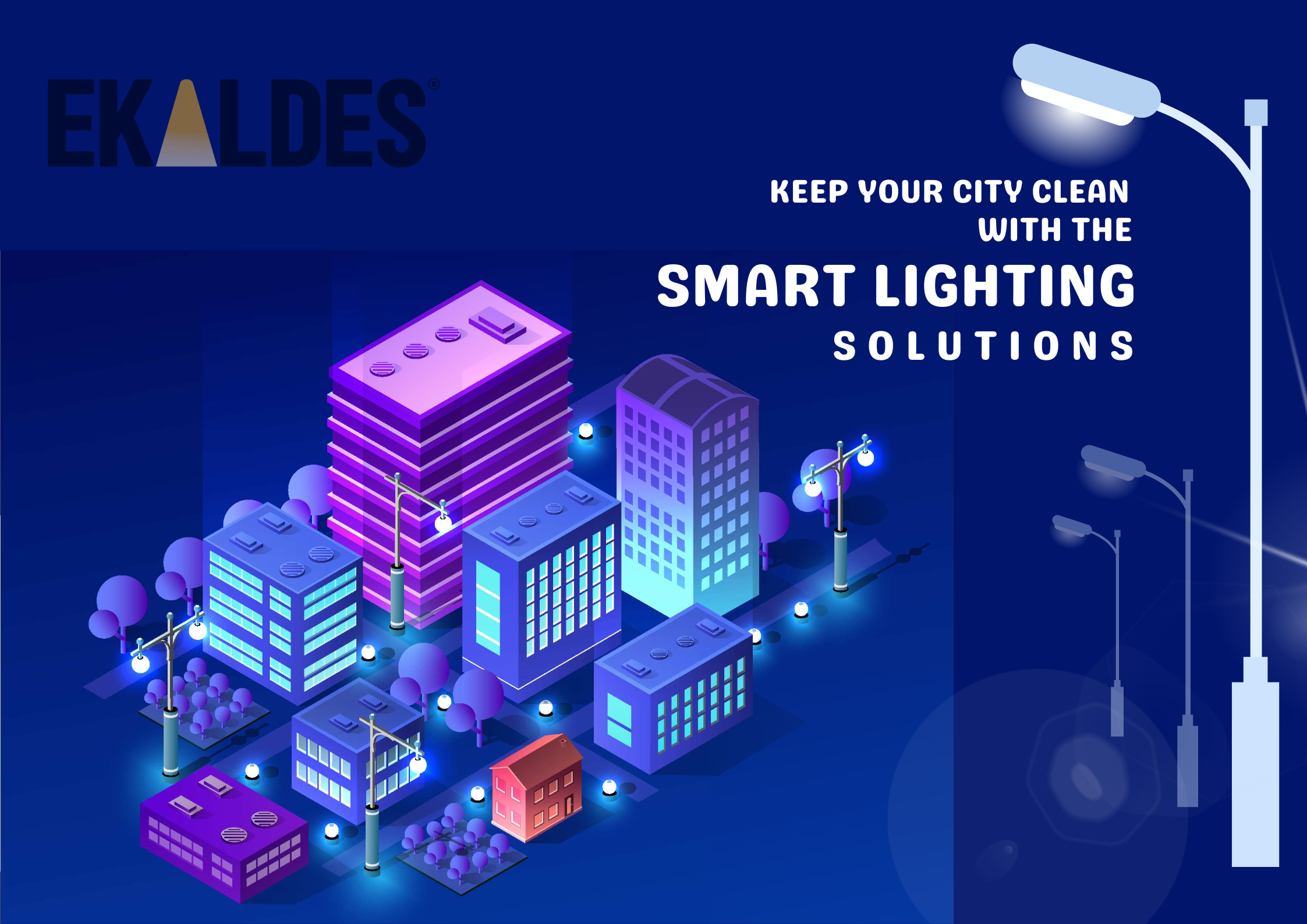
The dynamic structure of cities includes various elements that affect the quality of life during the day and night. Two of these elements are lighting and signaling systems, which directly affect the functionality of cities and the safety of citizens. These systems not only provide aesthetic value but also ensure that city life continues in an orderly and safe manner.
The Importance of Lighting
1. Security: An effective lighting system is essential to ensure the safety of cities at night. Good lighting reduces crime rates on streets and public areas and makes individuals feel safer. While inadequately lit regions can create a more suitable environment for criminals, well-lit areas minimize these risks.
2. Transportation Safety: Lighting plays a major role in preventing traffic accidents and ensuring the safety of drivers and pedestrians. Adequate lighting allows the road to be seen better at night and contributes to the prevention of traffic accidents.
3. Aesthetic and Social Impact: Lighting improves the aesthetic appearance of cities and revitalizes social life. When historical buildings, parks, and squares are properly illuminated, these areas become visually appealing and offer a more attractive environment for social events. This increases the tourism potential of cities.
The Importance of Signaling
1. Traffic Order and Flow: Traffic signaling systems ensure that urban traffic flows regularly and safely. Red, green, and yellow lights provide clear and timely warnings to drivers and pedestrians. These systems regulate traffic flow and help prevent accidents.
2. Pedestrian Safety: Pedestrian safety is provided by signaling systems. Signal lights at pedestrian crossings allow pedestrians to cross safely. In addition, audible and visual warnings are critical for visually impaired individuals.
3. Emergency Management: Signaling systems allow emergency vehicles (ambulance, fire department, police) to cross traffic quickly and safely. This contributes to timely emergency interventions and effective management of emergencies.
Conclusion
Lighting and signaling systems in cities are fundamental elements that increase safety, traffic order, and the quality of social life, beyond just providing visual beauty. Effective use and continuous improvement of these systems contribute to cities becoming more livable, safe, and orderly. Investing in innovative technologies and keeping existing infrastructure up to date supports the sustainable development of cities and increases citizens' quality of life.
Considering the importance of lighting and signaling systems, city administrations should make continuous improvements in these areas and make social life safer and more enjoyable.









